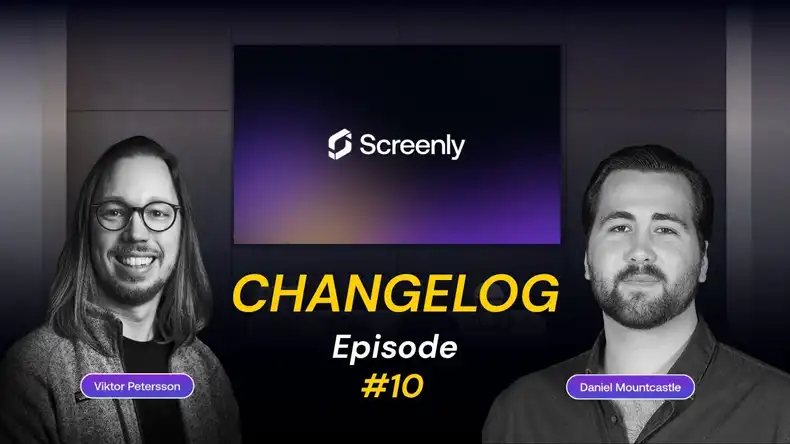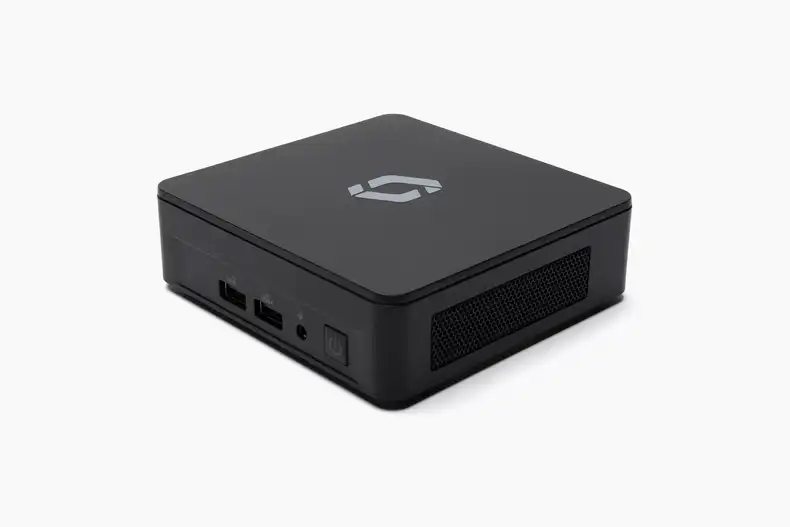Screenly Open Source Edition is an excellent way for developers to get started with digital signage quickly and easily. However, it is not a great solution for large-scale digital signage deployments. In this post, we highlight when it makes sense for developers to switch from open-source digital signage to a paid digital signage solution.
When is Screenly OSE a good choice for developers?
Screenly OSE is a great choice when developers want to get started with digital signage quickly and easily. Screenly OSE is free, and users can run it on open-source Raspberry Pi hardware.
In many situations, a developer needs to show a demo to other stakeholders in their company before the company commits to rolling out dozens or hundreds of digital signs. Screenly OSE allows developers to run this demo same-day. With Screenly OSE, developers can show their team custom content on a digital sign - this content may include images, videos, or web page visualizations. Developers can also demonstrate content scheduling capabilities and schedule content to run at certain times, such as with lunch menus changing to dinner menus at a specific time.
When do developer teams outgrow Screenly OSE and need to move to a paid digital signage solution?
With Screenly OSE, teams can only manage one digital sign at a time with each Screenly OSE instance. When teams roll out their digital signage deployment and manage many screens, Screenly OSE becomes inefficient.
With the paid version of Screenly, developers can manage multiple digital signs more easily. Developers can see all their screens on a single dashboard and quickly catch any screens that need troubleshooting.
With the paid edition of Screenly, users can also create screen groups with our tagging feature. If a user wants to update all screens at a single business location, the user can tag those screens with the same tag (for example, tag “Location A”). The user can then add content to all screens with a single tag in one click.
Other limitations of Screenly OSE that users can solve by upgrading to the paid version of Screenly include:
- The paid version allows cloud storage. With Screenly OSE, teams need to host all content locally.
- The paid version includes automatic video encoding. With Screenly OSE, teams need to encode each video manually.
- The paid version includes screen status alerts and a PagerDuty integration. With Screenly OSE, teams need to manage each screen’s status manually.
- The paid version supports 4K content. With Screenly OSE, teams can only display content in 1080p Full HD resolution.
- The paid version allows multi-user accounts with user permission controls and SAML authentication. Screenly OSE does not offer those features.
Learn more about the differences between Screenly OSE and the paid version of Screenly at the link here.
Automating digital signage with the Screenly API
For developers, the most important reason for upgrading from Screenly OSE to Screenly’s paid version is accessing the Screenly API. The Screenly API is only available for the paid version of Screenly, and it allows users to control their digital signs programmatically, all outside of the Screenly web app.
The Screenly API is most useful when developers are deploying digital signs with regularly changing content or content schedules. Instead of having to update this content and content schedules manually, developers can use the Screenly API to have these changes happen automatically.
To learn more about how customers use the Screenly API, check out our case study on InfoPlay, a company that uses the Screenly API to run digital signs on a fleet of massive cruise ships. You can learn more about the Screenly API here and see the full Screenly API documentation here.
Get started with digital signage for developers
Developers who are ready to jump into digital signage can get started today. To get started with Screenly OSE, check out our page on open-source digital signage. To see inside the paid version of Screenly, you can get started now with a free 14-day trial. No credit card required.





